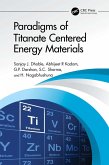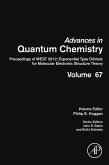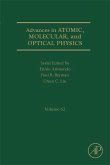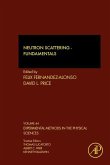Single-photon generation and detection is at the forefront of modern optical physics research. This book is intended to provide a comprehensive overview of the current status of single-photon techniques and research methods in the spectral region from the visible to the infrared. The use of single photons, produced on demand with well-defined quantum properties, offers an unprecedented set of capabilities that are central to the new area of quantum information and are of revolutionary importance in areas that range from the traditional, such as high sensitivity detection for astronomy, remote sensing, and medical diagnostics, to the exotic, such as secretive surveillance and very long communication links for data transmission on interplanetary missions. The goal of this volume is to provide researchers with a comprehensive overview of the technology and techniques that are available to enable them to better design an experimental plan for its intended purpose. The book will be broken into chapters focused specifically on the development and capabilities of the available detectors and sources to allow a comparative understanding to be developed by the reader along with and idea of how the field is progressing and what can be expected in the near future. Along with this technology, we will include chapters devoted to the applications of this technology, which is in fact much of the driver for its development. This is set to become the go-to reference for this field.
- Covers all the basic aspects needed to perform single-photon experiments and serves as the first reference to any newcomer who would like to produce an experimental design that incorporates the latest techniques
- Provides a comprehensive overview of the current status of single-photon techniques and research methods in the spectral region from the visible to the infrared, thus giving broad background that should enable newcomers to the field to make rapid progress in gaining proficiency
- Written by leading experts in the field, among which, the leading Editor is recognized as having laid down the roadmap, thus providing the reader with an authenticated and reliable source
Dieser Download kann aus rechtlichen Gründen nur mit Rechnungsadresse in A, B, BG, CY, CZ, D, DK, EW, E, FIN, F, GR, HR, H, IRL, I, LT, L, LR, M, NL, PL, P, R, S, SLO, SK ausgeliefert werden.









